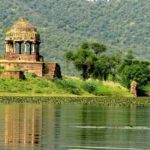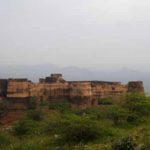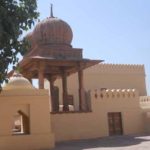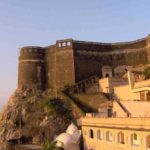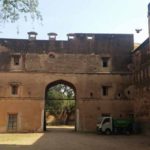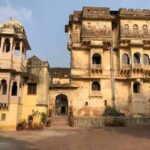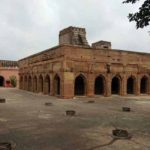Gugor Fort is located in the district of Baran of Rajasthan. The fort has historical significance as it was the built by the Kheechi rulers to prevent the raids from “Hadas”, a clan in the nearby region. The Kheechi rulers had been on the lookout for a more suitable and central place to make it their third capital after they had ruled from Gugor Fort for a period of 400 years. With the transfer of the capital to Raghogarh, Gugor was added to the Thikana of Chhabra which came to be called Chhabra Gugor, as it is known at present.
Raghogarh was dominion of Khichi Chauhans. Hindupat Raja Lal Singh (1673-97 A.D.) was the founder of the State of Raghogarh. Raja Lal Singh resided in Jharkon in Ahirwara in Pargana Balabhent where he found a ‘saptdhat’ statue of Rama (Raghu) on the top of a hill. He established this statue in the fort palace of Raghogarh in V. 1734 (1677 A.D.) (Magh Sudi 5) on an elevation in the village of Kotda Gugor Fort.
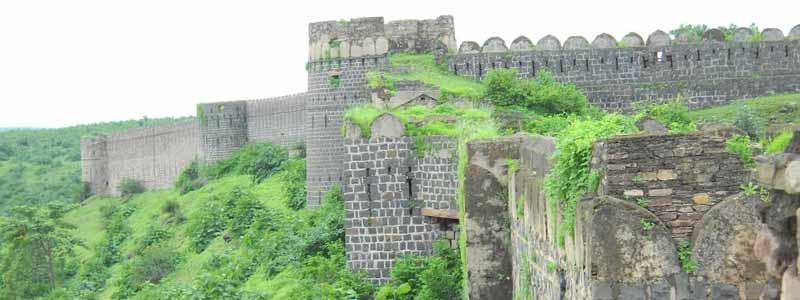
Lal Singh was a brave warrior and built mansions and temples, dug tanks and baories and laid garden. He gave land to temples. Lal Singh was the son of Raja Garibdas. Among his three brothers one got the thikana of Bhamawad, he is ancestor of the Rajas of Garha-Jamner, the second one got Maksudangarh, a branch of Raghogarh and Ajab Singh got Guna Rajasthan Monuments.
History of Gugor Fort Baran
fort Gugor is a most tourist attraction place of Baran Rajasthan. Which attracts thousands of tourists every year. The history of Gugor Fort is believed to be around 800 years old.
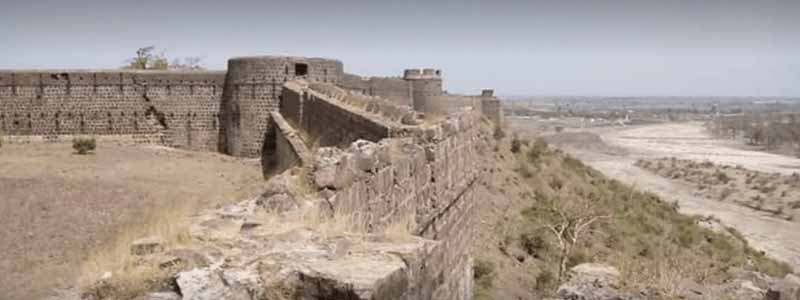
There are ancient chhatris, chess platforms, Rani Mahal, Baba’s dargah situated around the Gugor Fort and ruins are being lost due to lack of care. At the same time, deep water near the palaces on the banks of river Parvati under the fort is known as Ranidah Rajasthan Budget Tours.
A big waterfall falls during rainy days near Gugor Fort. Which attracts tourists. According to the legend, after the Mughals attacked the fort, the queens of the kings who were drawn, jumped into the water and did the Jauhar. That is why this place is known as Ranidah.

